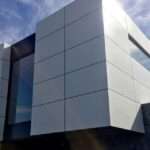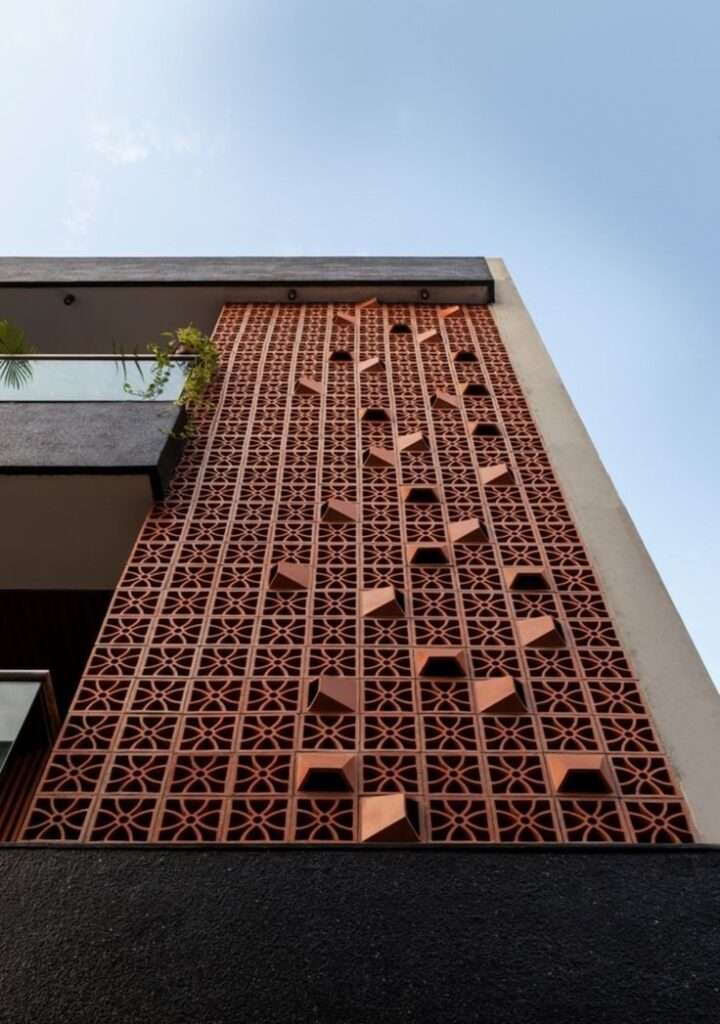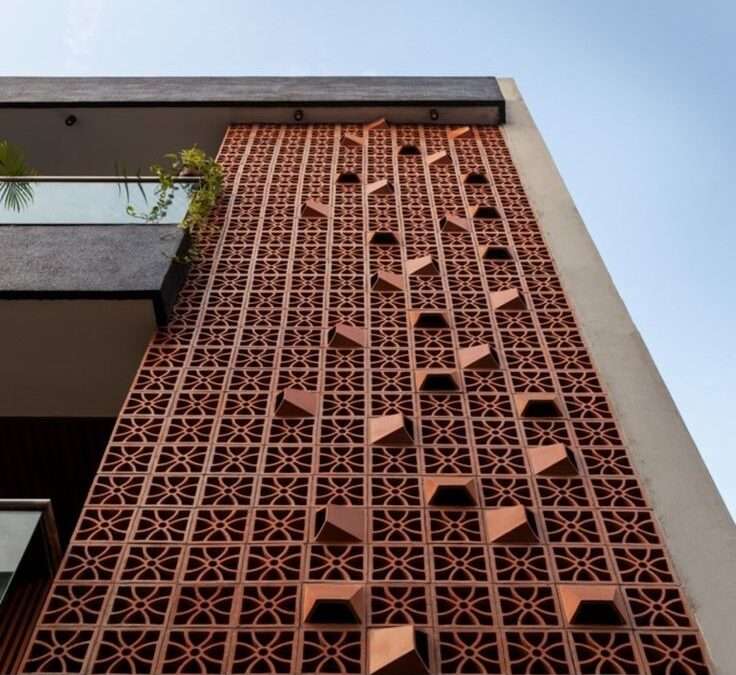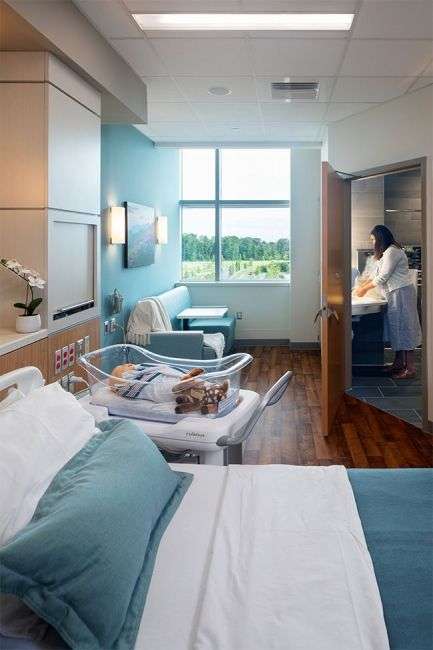
Innovative Facade Types for Optimal Hospital Design by Hospertz-Part II
October 7, 2024
Why Hospertz is the Best Choice for Disaster-Resilient Healthcare Design
October 10, 2024In today’s world, healthcare facilities increasingly focus on sustainability and visual identity in hospital design. At Hospertz India Pvt Ltd, we provide innovative facade solutions that meet aesthetic demands and contribute to environmental stewardship. Let’s delve into two key types of facades: sustainable facades and textured/patterned facades, highlighting their benefits and design possibilities.
1. Sustainable Facades
Sustainability is becoming a critical focus in modern architecture, particularly in sectors like healthcare where the environmental impact can be substantial. Our sustainable facade solutions are designed to reduce this impact while promoting energy efficiency.
Eco-Friendly Materials
We prioritize the use of recycled and sustainable materials in our facade designs. For example, using reclaimed wood, recycled metal, or eco-friendly composite panels not only aligns your building with environmental responsibility but also enhances its overall aesthetic appeal. By integrating these materials, architects can create facades that are both beautiful and sustainable.
Energy-Efficient Features
Incorporating energy-efficient technologies, such as solar panels and green roofs, can significantly decrease energy consumption and operational costs. Facades equipped with photovoltaic panels can harness solar energy, turning the building into a self-sustaining energy source. This feature not only benefits the environment but also provides long-term cost savings for facility operators.
Improved Thermal Insulation
Sustainable facades are crafted to provide superior thermal performance, ensuring a comfortable environment for occupants. Advanced insulation materials can dramatically reduce heating and cooling needs, lowering energy bills and reducing carbon footprint. For instance, insulated glass units can help maintain stable indoor temperatures, enhancing comfort and saving energy.
Example: Green Building Facades
An excellent example of sustainable facade design can be seen in various green building projects worldwide. Facades made from recycled aluminum or treated wood not only provide durability but also contribute to the building’s overall energy efficiency. These materials are often paired with natural ventilation systems, allowing for passive cooling and reducing reliance on mechanical air conditioning.

2. Textured and Patterned Facades
Creating a unique identity for a building is essential for fostering trust and familiarity. Textured and patterned facades offer numerous benefits:
Visual Distinction
Utilizing materials such as metal, stone, and composite panels, we can design facades that are both aesthetically pleasing and architecturally significant. Textured surfaces can add depth and interest, making buildings stand out in their surroundings. For example, a facade featuring undulating metal panels can create dynamic reflections that change with the light, enhancing the visual impact.
Brand Representation
Custom patterns and textures can reflect the building’s values and mission, making a lasting impression on visitors. By integrating unique design elements—such as custom-cut stone or patterned metal—facades can tell a story about the organization within. This not only enhances the building’s character but also strengthens its identity in the community.
Maintenance Efficiency
We select materials for their durability and ease of maintenance, ensuring that the facade remains attractive over time. For instance, using high-performance coatings on textured surfaces can protect them from weathering and staining, reducing the need for frequent upkeep. This approach ensures that the facade retains its visual appeal without demanding excessive resources for maintenance.
Example: Artistic Facade Installations
Many modern buildings have embraced artistic facade installations that feature intricate textures and patterns. These designs often use a combination of materials to create striking visuals, such as ceramic tiles or perforated metal panels, allowing for creative expression while maintaining functionality.

Conclusion
At Hospertz India Pvt Ltd, we understand the importance of innovative facade solutions in modern architecture. Our sustainable facades reduce environmental impact and promote energy efficiency, while textured and patterned facades create a unique identity that fosters trust and recognition. By focusing on these elements, we can transform your facility into a space that embodies both aesthetic appeal and environmental responsibility.
If you’re ready to elevate your building’s design, contact Hospertz India Pvt Ltd today to explore our diverse facade solutions tailored to your needs. Together, we can create a lasting impact in the world of architecture.
Innovative Facade Types for Optimal Hospital Design by Hospertz – (Click Here For Part II)



